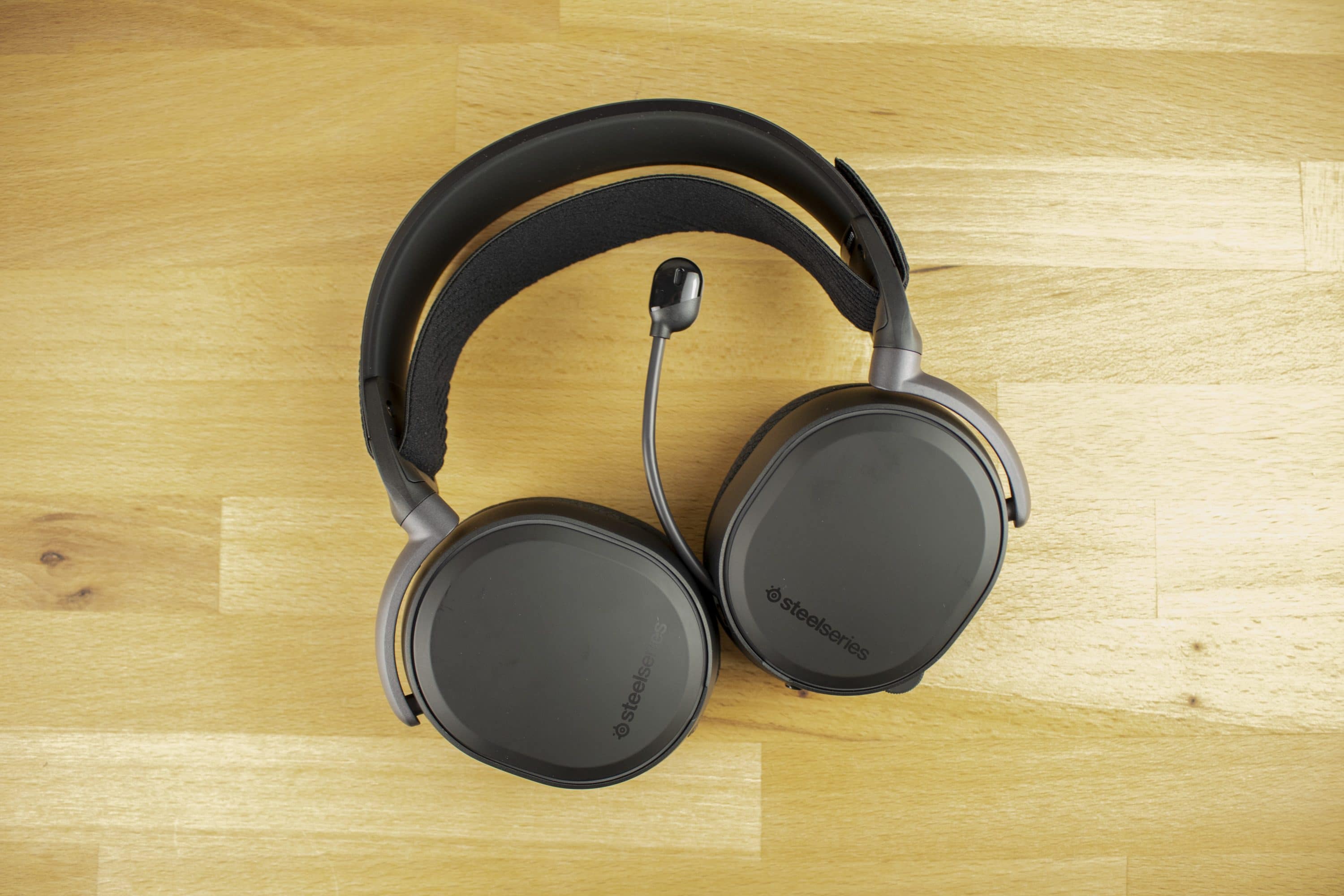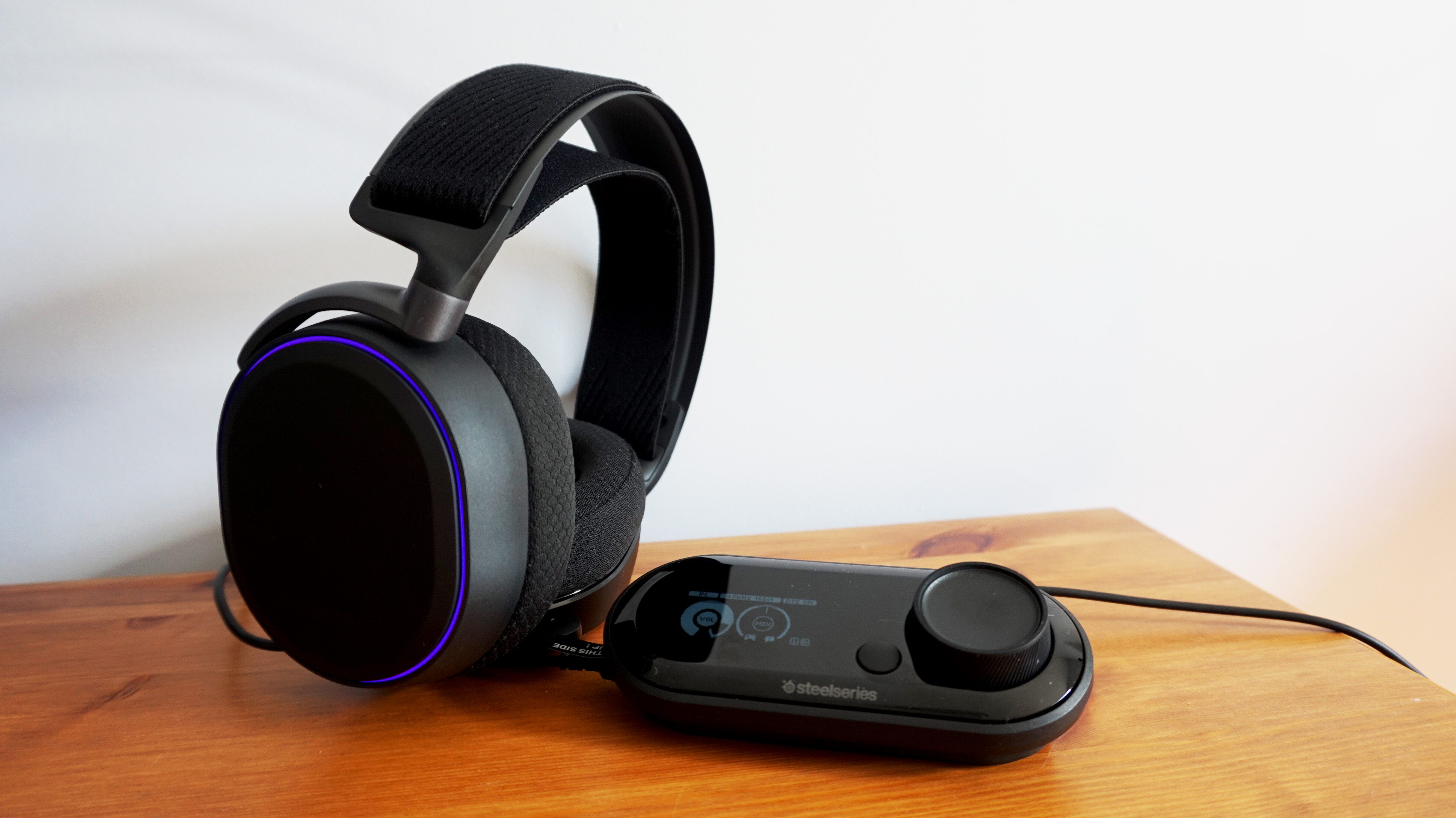
It almost sounds as if it’s been tuned at the hardware level for a scooped EQ and then flattened out again at the firmware level.

That’s true here too, although the sound characteristic is definitely different now. While a lot of pre-2016 high-end headsets went all out on low-end and marketed the size of their drivers as a major beat (remember the ‘Angry Birds’ Asus ROG cans?) the Arctis range always kept the EQ response neutral, to the benefit of every game you pumped through them. It retains Steelseries’ characteristic EQ quality, pushing higher mids upwards to the fore and keeping the bass within those 40mm drivers tamed.

Sound quality is predictably excellent, given that it’s a flagship Arctis model running through a GameDAC. (Image credit: Future/Phil Iwaniuk) Performance While the latter always looked a bit ‘function over form’, now Steelseries’ product team delivers something that looks like it costs $250/£250, and feels astoundingly comfortable. In overall looks and comfort, it’s a step up from what was already a supremely comfortable Arctis Pro. When fully retracted, you’d barely notice there was a mic on this model at all. The mic, never a strong point of Steelseries, is once again retractable and there’s a foam pop guard supplied in the box. A shame, definitely, but the mic mute and volume scrollers are preserved and inlaid thoughtfully into the earcup. The other big change is in the physical controls: the chat mix volume roller, which we’ve come to miss on every other headset when we’re not using an Arctis, is gone and lives only in the GameDAC’s menus now. Kup kolekcję Call of Duty z limitowanej edycji, zanim zniknie na zawsze.The magnetised, swappable earcup plates are retained, but now shrunk down and finished in brushed metal with a subtle anodised SteelSeries logo on each side.Porównanie przełączników OmniPoint oraz OptiPoint Przeczytaj wpis na blogu.


 0 kommentar(er)
0 kommentar(er)
